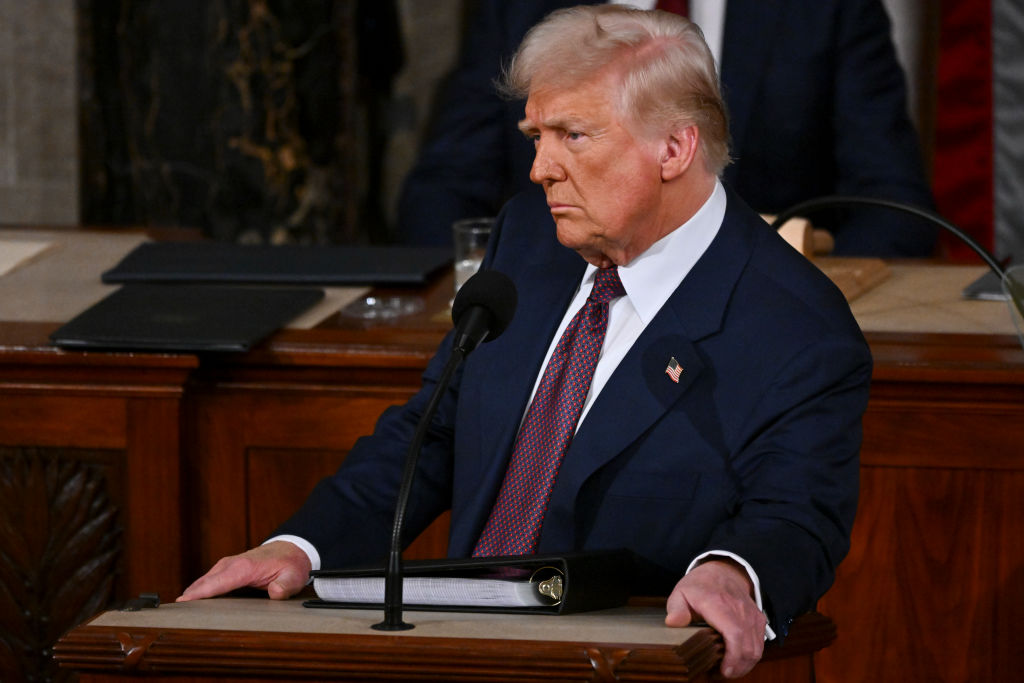Some Inflation Is Better Than None
A bit of inflation should be a plus for investors seeking higher income.


A few weeks ago, at a socially distanced backyard lunch, my recently retired friend Richard, a cautious saver and investor, bemoaned the pittance his and other banks pay depositors. Richard noticed the government’s monthly inflation reports are trending higher—the consumer price index rose 0.4% in August, following hikes of 0.6% in June and July—and remarked that banks will soon charge borrowers higher rates but offer no comparable consideration to savers. He then asked, “Why not transfer big bucks to higher-yielding stuff, such as preferred stocks and corporate bonds?”
Why not, indeed. I commiserated about bank yields, but I also raised the concern that inflation might be tracking higher than it appears, especially considering indicators such as industrial wages and transport and warehousing costs, as well as the price of materials such as lumber. Price gyrations in such items don’t directly infringe on the daily lives of consumers, but they can menace the market value of higher-coupon and longer-term fixed-income investments. Even mild bumps in wholesale prices, not to mention amorphous rising-inflation “expectations,” can spark surprise sell-offs.
Case in point: In August, the Fed announced it would tolerate inflation spikes above 2% and not fight back with tighter credit or other weapons. The Vanguard Long-Term Treasury Fund (symbol VUSTX) fell 1.6%—akin to a 450-point dive in the Dow Jones industrial average. Shares of iShares Preferred and Income Securities (PFF) slid 2% over the following two weeks, reversing months of advances. Pundits declared the worst financial fears were flipping from depression and deflation to an inflationary spiral and stagnant growth, like the “stagflation” we saw in the 1970s and 1980s.
From just $107.88 $24.99 for Kiplinger Personal Finance
Become a smarter, better informed investor. Subscribe from just $107.88 $24.99, plus get up to 4 Special Issues

Sign up for Kiplinger’s Free Newsletters
Profit and prosper with the best of expert advice on investing, taxes, retirement, personal finance and more - straight to your e-mail.
Profit and prosper with the best of expert advice - straight to your e-mail.
Steady as she goes. Do I think such a disaster is gathering? No. My experience has been that both boom and bust forecasts are usually exaggerated. I thought the indiscriminate springtime stock crash was overdone, for example. And indeed, the bond market, including related categories such as preferred stock, steadied not long after that rush of late-summer selling.
So, I’d like to discourage readers from overreacting. That includes a reader who e-mailed in September to ask what I thought of his plan to go entirely into Treasury inflation-protected securities “in case inflation were to go to 10%.” Inflation has enough of a hurdle to pass 2% and 3% first. Meanwhile, TIPS still yield so little (at equivalent maturities) that my answer was an emphatic no.
Instead, investors who cannot abide any risks to principal should consider a minimum-risk fund such as Baird Ultra-Short (BUBSX), Frost Low Duration (FADLX) or Northern Ultra-Short (NUSFX). All yield more than 1% with almost no volatility in net asset value.
But I’ll go further and argue that a bit of inflation—provided it doesn’t get out of hand—should be a plus for higher-income-seeking investors. First, the markets will benefit if companies can protect their revenues and profits through this pandemic with the ability to raise prices a tad. Second, with some inflationary pressure, we’d expect to see a wider variety of sound high-income opportunities as long as the economy hangs in there, even if the Fed holds Treasury and CD yields near zero to ensure that.
Some call this “financial repression.” I view it as an invitation to keep, rather than jettison, preferred stocks, corporate bonds and real estate investment trusts through the next little wobble. Here’s the choice: In September, Capital One, the giant credit card bank, issued 4.625% Series K preferreds (COF-PRK) at $25. They are available for $24.25, for a current yield of 4.8%. Capital One’s advertised online five-year CD rate is 0.60%. Richard, that’s a wide margin of safety.
Profit and prosper with the best of Kiplinger's advice on investing, taxes, retirement, personal finance and much more. Delivered daily. Enter your email in the box and click Sign Me Up.

Kosnett is the editor of Kiplinger Investing for Income and writes the "Cash in Hand" column for Kiplinger Personal Finance. He is an income-investing expert who covers bonds, real estate investment trusts, oil and gas income deals, dividend stocks and anything else that pays interest and dividends. He joined Kiplinger in 1981 after six years in newspapers, including the Baltimore Sun. He is a 1976 journalism graduate from the Medill School at Northwestern University and completed an executive program at the Carnegie-Mellon University business school in 1978.
-
 Dow Adds 646 Points, Hits New Highs: Stock Market Today
Dow Adds 646 Points, Hits New Highs: Stock Market TodayIt was "boom" for the Dow but "bust" for the Nasdaq following a December Fed meeting that was less hawkish than expected.
-
 5 Types of Gifts the IRS Won’t Tax: Even If They’re Big
5 Types of Gifts the IRS Won’t Tax: Even If They’re BigGift Tax Several categories of gifts don’t count toward annual gift tax limits. Here's what you need to know.
-
 The 'Scrooge' Strategy: How to Turn Your Old Junk Into a Tax Deduction
The 'Scrooge' Strategy: How to Turn Your Old Junk Into a Tax DeductionTax Deductions We break down the IRS rules for non-cash charitable contributions. Plus, here's a handy checklist before you donate to charity this year.
-
 What to expect from the global economy in 2026
What to expect from the global economy in 2026The Kiplinger Letter Economic growth across the globe will be highly uneven, with some major economies accelerating while others hit the brakes.
-
 Shoppers Hit the Brakes on EV Purchases After Tax Credits Expire
Shoppers Hit the Brakes on EV Purchases After Tax Credits ExpireThe Letter Electric cars are here to stay, but they'll have to compete harder to get shoppers interested without the federal tax credit.
-
 The Economy on a Knife's Edge
The Economy on a Knife's EdgeThe Letter GDP is growing, but employers have all but stopped hiring as they watch how the trade war plays out.
-
 Japan Enters a New Era of Risk and Reform
Japan Enters a New Era of Risk and ReformThe Kiplinger Letter Japan has entered a pivotal moment in its economic history, undertaking ambitious policy and structural reforms to escape from decades of stagnation.
-
 After Years of Stagnant Growth, Hope Emerges for EU Economy
After Years of Stagnant Growth, Hope Emerges for EU EconomyThe Kiplinger Letter Can a German fiscal push outweigh French political peril?
-
 The Most Tax-Friendly States for Investing in 2025 (Hint: There Are Two)
The Most Tax-Friendly States for Investing in 2025 (Hint: There Are Two)State Taxes Living in one of these places could lower your 2025 investment taxes — especially if you invest in real estate.
-
 The Final Countdown for Retirees with Investment Income
The Final Countdown for Retirees with Investment IncomeRetirement Tax Don’t assume Social Security withholding is enough. Some retirement income may require a quarterly estimated tax payment by the September 15 deadline.
-
 Trump's Economic Intervention
Trump's Economic InterventionThe Kiplinger Letter What to Make of Washington's Increasingly Hands-On Approach to Big Business